Your cart is empty. Add from Wishlist
35 guests are viewing this product
Natural Ruby (Manik)- (Colour Basis)
₹15,000.00
A color-based description of a natural Ruby (Manik) focuses on the gem’s hue, tone, saturation, and overall color characteristics. Here’s a detailed exploration of the key aspects related to the color of a Ruby:
Color Basis:
1. Hue:
- The most desirable hue for a natural Ruby is a pure, vivid red. This red color is often described as “pigeon blood red” and is considered the standard of excellence for Rubies.
- The ideal hue is free from undertones of brown, orange, or purple, showcasing a true red reminiscent of the finest quality.
2. Saturation:
- Saturation refers to the intensity or vividness of the red color. Premium Rubies exhibit a high level of saturation, creating a vibrant and rich appearance.
- The saturation should be strong enough to evoke a deep, fiery red without becoming overly dark.
3. Tone:
- Tone describes the lightness or darkness of the Ruby. The most sought-after Rubies have a medium to medium-dark tone that allows the gem to display its color without appearing too dark or too light.
- The tone should be balanced to showcase the richness of the red hue.
4. Color Consistency:
- Consistency in color across the entire gemstone is crucial. The best Rubies have an even distribution of color without noticeable zoning or color banding.
- A uniform color adds to the gem’s overall beauty and value.
5. Pleochroism:
- Some Rubies exhibit pleochroism, meaning they display different colors when viewed from different angles. In premium Rubies, pleochroism is minimized, and the gem appears uniformly red under various lighting conditions.
6. Origin Influence:
- The geographical origin of a Ruby can influence its color characteristics. For example, Burmese Rubies are renowned for their intense red color and are often considered the benchmark for quality.
7. Heat Treatment Influence:
- Heat treatment is a common practice to enhance the color of Rubies. Premium Rubies may undergo heat treatment to improve their red hue and overall color consistency. It’s essential to disclose any treatments when evaluating a Ruby’s color.
8. Gemological Grading:
- Gemological laboratories often use standardized grading scales to assess the color of Rubies. The Gemological Institute of America (GIA), for instance, uses terms like “vivid,” “strong,” and “medium” to describe the saturation level.
9. Impact on Jewelry Design:
- The color of a Ruby significantly influences its suitability for different jewelry designs. A Ruby’s vibrant red color makes it an ideal choice for various jewelry styles, from classic solitaire rings to elaborate necklaces and earrings.
10. Rarity and Value: – The rarity of a Ruby’s color, especially if it aligns with the coveted pigeon blood red, contributes significantly to its value. The more intense and pure the red, the more valuable the Ruby.
A color-based description of a natural Ruby (Manik) focuses on the gem’s hue, tone, saturation, and overall color characteristics. Here’s a detailed exploration of the key aspects related to the color of a Ruby:
Color Basis:
1. Hue:
- The most desirable hue for a natural Ruby is a pure, vivid red. This red color is often described as “pigeon blood red” and is considered the standard of excellence for Rubies.
- The ideal hue is free from undertones of brown, orange, or purple, showcasing a true red reminiscent of the finest quality.
2. Saturation:
- Saturation refers to the intensity or vividness of the red color. Premium Rubies exhibit a high level of saturation, creating a vibrant and rich appearance.
- The saturation should be strong enough to evoke a deep, fiery red without becoming overly dark.
3. Tone:
- Tone describes the lightness or darkness of the Ruby. The most sought-after Rubies have a medium to medium-dark tone that allows the gem to display its color without appearing too dark or too light.
- The tone should be balanced to showcase the richness of the red hue.
4. Color Consistency:
- Consistency in color across the entire gemstone is crucial. The best Rubies have an even distribution of color without noticeable zoning or color banding.
- A uniform color adds to the gem’s overall beauty and value.
5. Pleochroism:
- Some Rubies exhibit pleochroism, meaning they display different colors when viewed from different angles. In premium Rubies, pleochroism is minimized, and the gem appears uniformly red under various lighting conditions.
6. Origin Influence:
- The geographical origin of a Ruby can influence its color characteristics. For example, Burmese Rubies are renowned for their intense red color and are often considered the benchmark for quality.
7. Heat Treatment Influence:
- Heat treatment is a common practice to enhance the color of Rubies. Premium Rubies may undergo heat treatment to improve their red hue and overall color consistency. It’s essential to disclose any treatments when evaluating a Ruby’s color.
8. Gemological Grading:
- Gemological laboratories often use standardized grading scales to assess the color of Rubies. The Gemological Institute of America (GIA), for instance, uses terms like “vivid,” “strong,” and “medium” to describe the saturation level.
9. Impact on Jewelry Design:
- The color of a Ruby significantly influences its suitability for different jewelry designs. A Ruby’s vibrant red color makes it an ideal choice for various jewelry styles, from classic solitaire rings to elaborate necklaces and earrings.
10. Rarity and Value: – The rarity of a Ruby’s color, especially if it aligns with the coveted pigeon blood red, contributes significantly to its value. The more intense and pure the red, the more valuable the Ruby.
A color-based description of a natural Ruby (Manik) focuses on the gem’s hue, tone, saturation, and overall color characteristics. Here’s a detailed exploration of the key aspects related to the color of a Ruby:
Color Basis:
1. Hue:
- The most desirable hue for a natural Ruby is a pure, vivid red. This red color is often described as “pigeon blood red” and is considered the standard of excellence for Rubies.
- The ideal hue is free from undertones of brown, orange, or purple, showcasing a true red reminiscent of the finest quality.
2. Saturation:
- Saturation refers to the intensity or vividness of the red color. Premium Rubies exhibit a high level of saturation, creating a vibrant and rich appearance.
- The saturation should be strong enough to evoke a deep, fiery red without becoming overly dark.
3. Tone:
- Tone describes the lightness or darkness of the Ruby. The most sought-after Rubies have a medium to medium-dark tone that allows the gem to display its color without appearing too dark or too light.
- The tone should be balanced to showcase the richness of the red hue.
4. Color Consistency:
- Consistency in color across the entire gemstone is crucial. The best Rubies have an even distribution of color without noticeable zoning or color banding.
- A uniform color adds to the gem’s overall beauty and value.
5. Pleochroism:
- Some Rubies exhibit pleochroism, meaning they display different colors when viewed from different angles. In premium Rubies, pleochroism is minimized, and the gem appears uniformly red under various lighting conditions.
6. Origin Influence:
- The geographical origin of a Ruby can influence its color characteristics. For example, Burmese Rubies are renowned for their intense red color and are often considered the benchmark for quality.
7. Heat Treatment Influence:
- Heat treatment is a common practice to enhance the color of Rubies. Premium Rubies may undergo heat treatment to improve their red hue and overall color consistency. It’s essential to disclose any treatments when evaluating a Ruby’s color.
8. Gemological Grading:
- Gemological laboratories often use standardized grading scales to assess the color of Rubies. The Gemological Institute of America (GIA), for instance, uses terms like “vivid,” “strong,” and “medium” to describe the saturation level.
9. Impact on Jewelry Design:
- The color of a Ruby significantly influences its suitability for different jewelry designs. A Ruby’s vibrant red color makes it an ideal choice for various jewelry styles, from classic solitaire rings to elaborate necklaces and earrings.
10. Rarity and Value: – The rarity of a Ruby’s color, especially if it aligns with the coveted pigeon blood red, contributes significantly to its value. The more intense and pure the red, the more valuable the Ruby.
Allow our team of expert gemologists select a Natural Luxury Ruby gemstone (Old Burma) of Luxury Quality from our offline inventory of gemstones. The selected gemstone shall be of relatively the same quality as those shown in the sample photographs, with weight within -0.2ct to +0.5ct range from your selection. You can alternatively decide to browse through our collection of catalogued gemstones with photos and videos to select a gemstone of your own choice by going to the Ruby category page
-
Gemstone
Ruby
-
Treatment
Unheated and Untreated (No Indications Observed)
-
Cut
Mixed Cuts
-
Certification
Free Lab Certificate
-
Quality
Luxury
-
Shape
Oval
-
Composition
Natural
-
Return Policy
10 Day Money-Back Returns*
-
Origin
Myanmar (Burma)
-
Colour
Red
-
Specific Gravity
4
-
Refractive Index
1760 – 1.770
| color | Blue |
|---|---|
| size | L, M, S, XL |


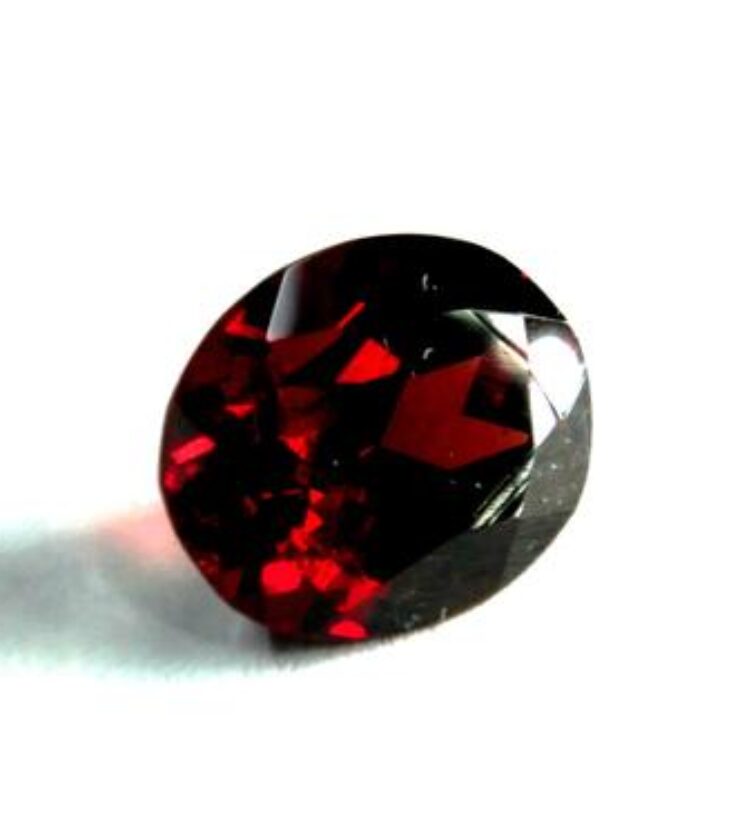
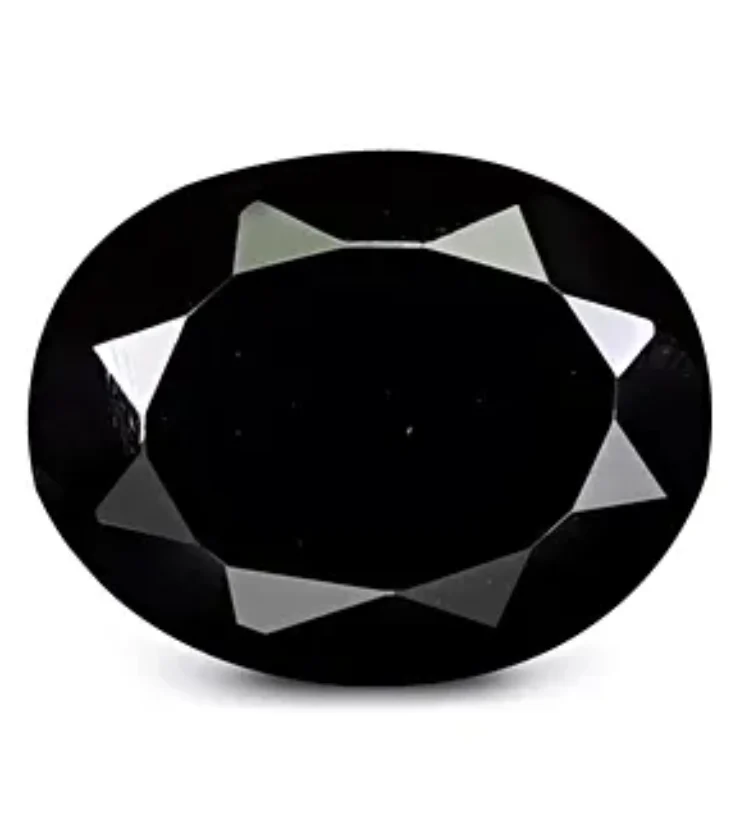




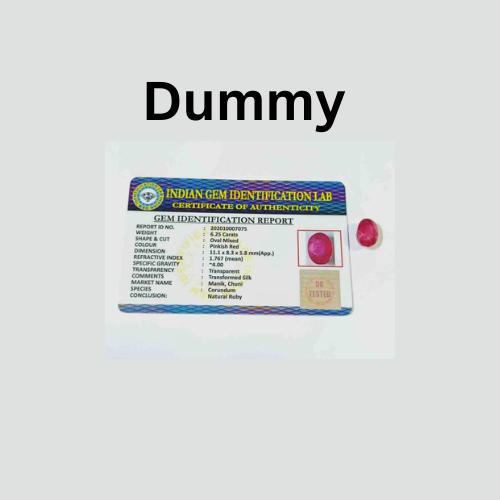
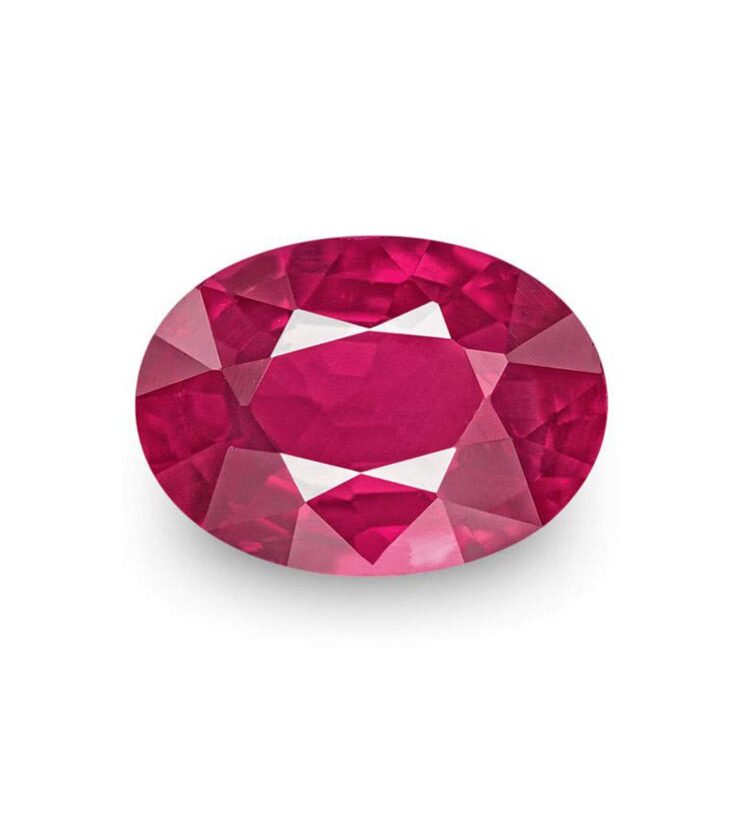
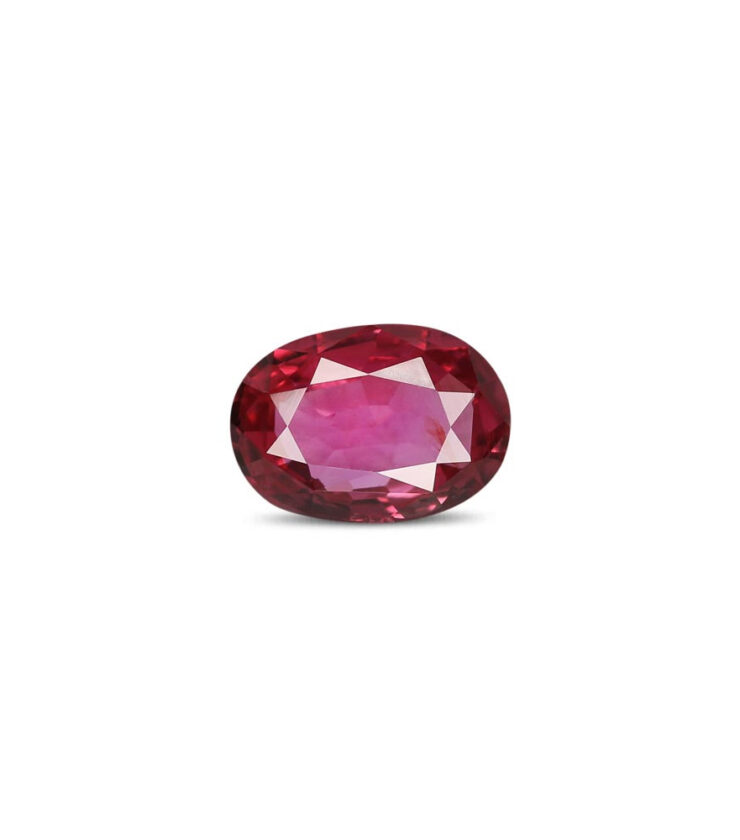
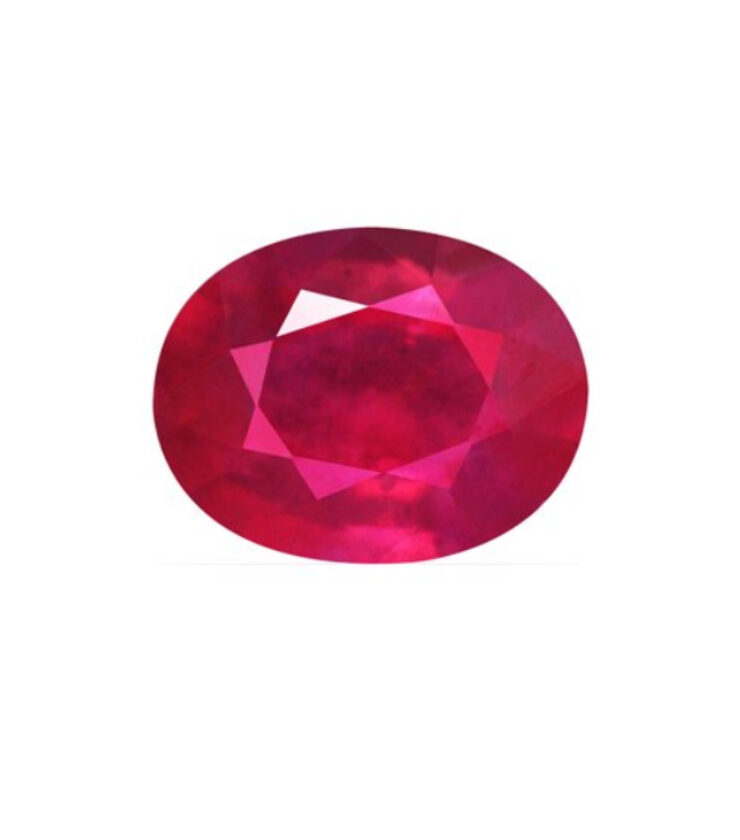
Reviews
There are no reviews yet.